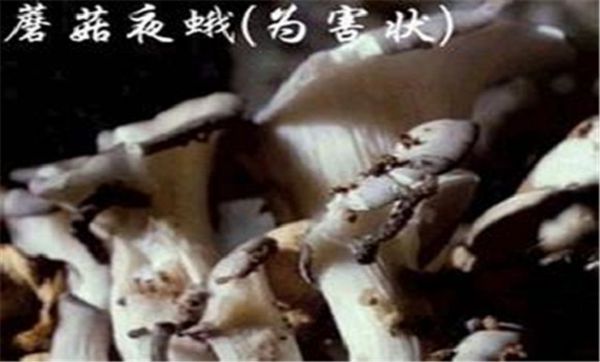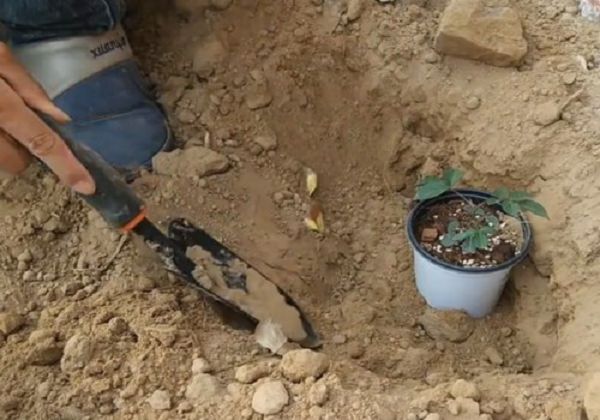Need to know about Control techniques of Edible Fungi Diseases and insect pests

The production of edible fungi has become a good way for farmers to get rich, but the pesticide residues, nitrate and other harmful substances in the products must meet the national standards, which puts forward high requirements for the prevention and control of edible mushroom diseases and insect pests. We should pay attention to the following points.
Prevention of Diseases and insect pests of Edible Fungi
In the cultivation of ① edible fungi, the effect of prevention is much better than that of control without prevention. In production, drugs can generally be used to snug the shed at high temperature, that is, after removing the grass cover outside the shed, the shed is sprayed with germicidal drugs such as Baixian and Seb09, and then airtight vents are closed to make it accept the sun, and the drugs are rapidly diffused and sterilized under the action of high temperature. Under the condition of high humidity, the drug can be released and decomposed quickly and degraded to the maximum extent without residue. In general, the newly-built mushroom shed can be used once to achieve the goal.
The second ② is to set up an anti-insect net. Installing a 70-mesh anti-insect net in the ventilation window and vent of the cultivated room can effectively prevent adults from flying into the mushroom room. Taking advantage of the phototaxis and chromotaxis of adult pests, yellow boards (armyworm boards) and black lights were hung in mushroom houses to trap and kill adults.
③ biological control. Biological and biological metabolites can be used to achieve the purpose of disease and insect prevention. The common ones are streptomycin, rosestreptomycin and chlortetracycline, which have good control effects on Gram-positive bacteria, Tremella fuciformis and bacterial rot respectively, such as Zhongshengmycin, Ningnanmycin and so on. In the production of Pleurotus ostreatus, it can be used to inhibit three kinds of miscellaneous hyphae affecting the growth of Pleurotus ostreatus.
Precautions for Prevention and Control of Diseases and insect pests of Edible Fungi
① was used for symptomatic treatment. The commonly used fungicides are chlorothalonil, carbendazim, carbendazim, Dysen zinc, methyl thiophanate, Bordeaux solution, stone-sulfur mixture, dichloroisocyanuric acid and so on; the commonly used insecticides are fipronil, fenitrothion, trichlorfon, phoxim, dichlorvos, fenvalerate, aluminum phosphide, acaricide and so on. In the production of edible fungi, whether it is mixing materials, stacking materials or mushroom room control, it is strictly forbidden to use highly toxic, long residual period of organic urea, organophosphorus and other agents. Fungicide: 40% sodium dichloroisocyanurate, mixing material, effective in the control of Trichoderma; 60% sodium dichloroisocyanurate, fumigation, good effect on the control of mushroom mold; 50% carbendazim water agent, mixing material, very good effect on the prevention and control of Trichoderma of Lentinus edodes, Flammulina velutipes and mushroom. Insecticide: 80% fenitrothion emulsion, sprayed at the early stage of adult growth or during the spawning period, is effective for the control of longicorn beetle pests; 23.5% urea water agent is sprayed on the soil surface until three weeks before harvest, which is effective for the control of mushroom mosquitoes.
The suitable concentration of ②. When using pesticides, a reasonable concentration must be used. generally, the range and concentration of disinfection of stacking materials and mushroom materials before sowing are relatively larger, and the drug use should be controlled within a safe range after sowing and before mushroom production, and the concentration in the fruiting body stage is lower.
Pesticides are prohibited in ③ mushroom stage. Pay attention to pre-prevention of mushrooms, and create a good environment for the production of edible fungi to enhance their own disease resistance. When the medicine must be used, it should be used before the mushroom is produced or after the mushroom is harvested. Because the cultivation cycle of edible fungi is short, drugs are easy to remain and cause food poisoning, which has a serious impact on product circulation and consumption, which must not be ignored.
Related
- Fuxing push coffee new agricultural production and marketing class: lack of small-scale processing plants
- Jujube rice field leisure farm deep ploughing Yilan for five years to create a space for organic food and play
- Nongyu Farm-A trial of organic papaya for brave women with advanced technology
- Four points for attention in the prevention and control of diseases and insect pests of edible fungi
- How to add nutrient solution to Edible Fungi
- Is there any good way to control edible fungus mites?
- Open Inoculation Technology of Edible Fungi
- Is there any clever way to use fertilizer for edible fungus in winter?
- What agents are used to kill the pathogens of edible fungi in the mushroom shed?
- Rapid drying of Edible Fungi



